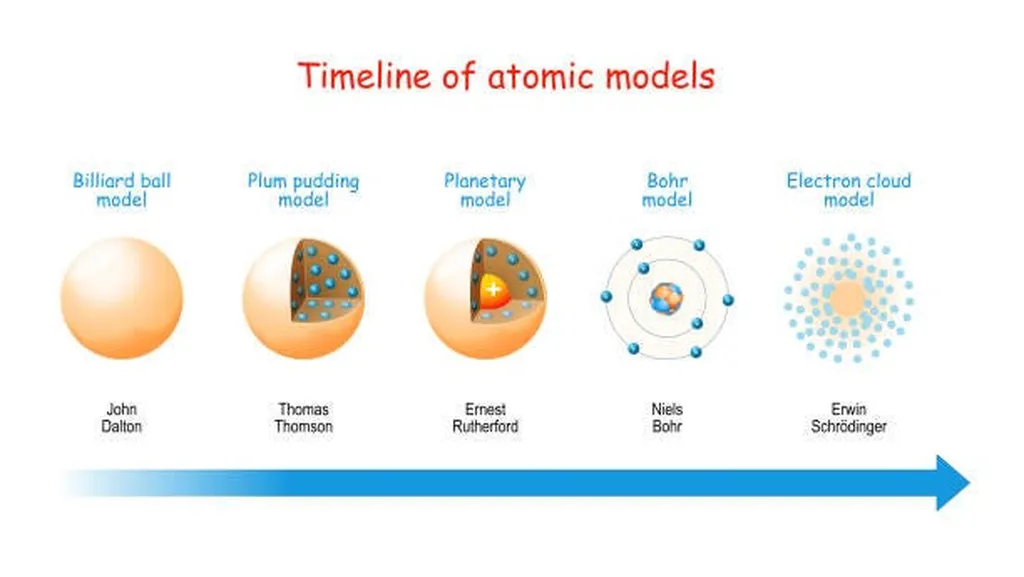In the realm of nuclear physics, a pair of researchers, Duy-Duc Dao and Frédéric Nowacki from the Institut de Physique Nucléaire at the University of Lyon, France, have been making strides in understanding the structure of atomic nuclei, particularly those far from stability. Their work, published in the journal Physical Review C, focuses on developing and applying a model known as the Discrete Non-Orthogonal Shell Model (DNO-SM).
The DNO-SM is a sophisticated tool used to study the intricate structures of atomic nuclei. It allows researchers to obtain exact shell-model solutions for open-shell light nuclei, which are nuclei with unfilled outer shells of protons or neutrons. The model uses non-orthogonal Slater determinants, which are mathematical constructs used to describe the quantum states of particles. These determinants are derived from a method called variation after projection, which is particularly effective at including correlations from particle-hole excitations. These excitations are phenomena where particles move from one energy level to another, and they play a crucial role in understanding the behavior of nuclei.
One of the key applications of the DNO-SM is in the study of proton-rich nuclei near the N≈Z line, where the number of protons and neutrons in the nucleus are roughly equal. The researchers have used the model to investigate the structure transition in the molybdenum isotopes 84 and 86. Their findings highlight the importance of particle-hole correlations in understanding these transitions.
Furthermore, the researchers have applied the DNO-SM to study the superheavy nucleus nobelium-254. This is a particularly challenging nucleus to study due to its complexity and the difficulty in producing it in the laboratory. Despite these challenges, the researchers were able to provide a complete description of the low-lying spectroscopy of nobelium-254, reproducing various band structures and isomers with excellent accuracy. This achievement demonstrates the power of the DNO-SM in providing insights into the structure of even the most complex nuclei.
While this research is primarily focused on advancing our fundamental understanding of nuclear physics, it also has potential implications for the energy sector. A deeper understanding of nuclear structure can contribute to the development of advanced nuclear energy technologies, such as next-generation nuclear reactors and fusion energy systems. Additionally, the study of superheavy elements can provide insights into the behavior of matter under extreme conditions, which can have applications in various fields, including materials science and astrophysics.
In conclusion, the work of Dao and Nowacki represents a significant advancement in the field of nuclear physics, with potential implications for the energy sector. Their development and application of the DNO-SM model provides a powerful tool for studying the structure of atomic nuclei, particularly those far from stability. As our understanding of nuclear structure continues to grow, so too will our ability to harness the power of the atom for the benefit of society.
This article is based on research available at arXiv.

